Starcraft 2 Esports

Finished
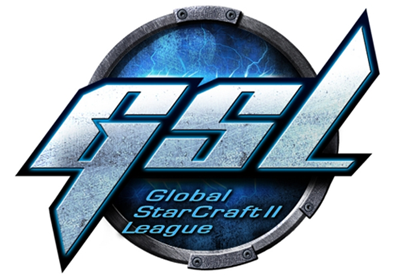
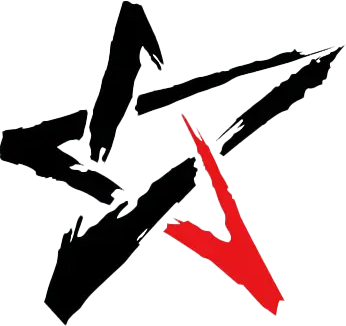
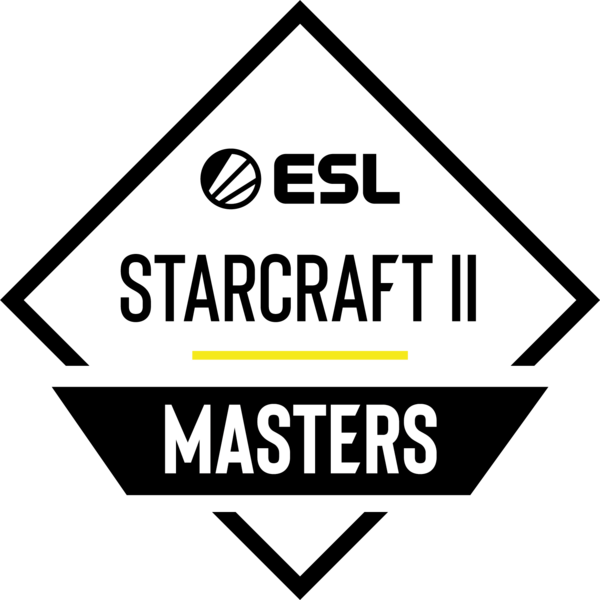
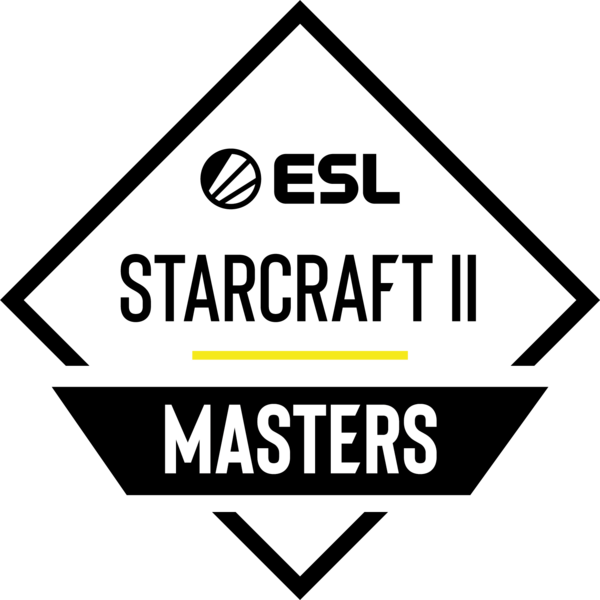
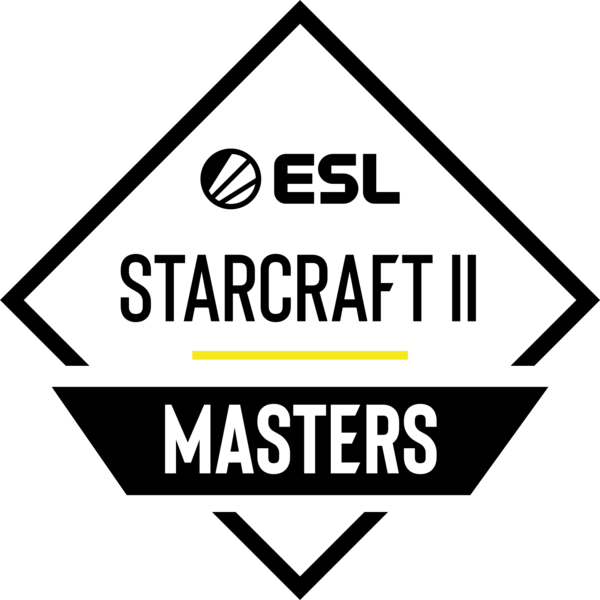


Esports World Cup 2024 Club Championship: All you need to know
Esports World Cup 2024 officially kicks off today with the opening show starting in a few hours. The eight-week long esports festival features 21 esports titles and top teams across these titles competing for some of the biggest prize pools. Another big attraction of the esports extravaganza is the EWC 2024 Club Championship. The overarching event will reward the club/esports organization consistently placing in the top 8 in the 21 esports titles. The event will decide the best Club inmore

Top 7 Reasons Esports Players Visas Go Wrong
Esports has quickly grown from a niche hobby into a multi-billion-dollar global industry, attracting millions of fans and thousands of professional players. Despite this rise, the esports athletes frequently face multiple hurdles when trying to secure visas to compete internationally. This article explores the top seven reasons behind these issues, focusing on the barriers that players encounter and some suggestions on how to alleviate this for the future. Historical aspects of Esports Visas The rise of esports presented unique challengesmore
FAQ
What is StarCraft 2: Legacy of the Void?
Starcraft 2: Legacy of the Void is the third and final instalment in the Starcraft 2 trilogy, developed and published by Blizzard Entertainment. Released on November 10, 2015, Legacy of the Void follows the stories of Wings of Liberty (the first instalment, focused on the Terran race) and Heart of the Swarm (the second instalment, centred around the Zerg race).
Legacy of the Void is a stand-alone expansion, meaning players do not need to own the previous Starcraft 2 instalments to play it. The release of this expansion marked the conclusion of the Starcraft 2 trilogy, wrapping up the story that began with Wings of Liberty while providing new content and gameplay experiences for players.
How do I play Starcraft 2?
Starcraft is a real-time strategy game where players choose one of three distinct races- Terran, Protoss, or Zerg - and engage in strategic combat to defeat their opponents. The gameplay involves gathering resources (minerals and vespene gas) using worker units, building bases, and training various combat and support units.
Players must also research upgrades to improve their units and structures, scout their opponent's strategy, and adapt their tactics accordingly. Engaging in combat involves utilizing unit positioning, terrain, and abilities to gain an advantage in battles, with the ultimate goal of destroying the opponent's key structures and units to secure victory. Expanding the base to new resource-rich areas is essential for maintaining resource production throughout the match.
When was Starcraft 2 released?
Starcraft 2 was released in three separate instalments, with the first part, Wings of Liberty, launching on July 27, 2010. The second part, Heart of the Swarm, was released on March 12, 2013, followed by the third and final installment, Legacy of the Void, on November 10, 2015.
How popular is Starcraft 2?
Starcraft 2 has had a significant impact on the gaming and esports industries since its release. It has attracted millions of players worldwide and has been a major force in the competitive gaming scene, with numerous professional tournaments and leagues taking place over the years. Although the competitive scene has waned compared to its peak years, Starcraft 2 remains a popular and influential real-time strategy game with an active player base and community.
How much does Starcraft 2 cost?
As of October 2017, Blizzard Entertainment made Starcraft 2: Wings of Liberty free-to-play, allowing players to access the full Wings of Liberty campaign, as well as the ranked multiplayer ladder and other features without any cost.
However, the other two expansions, Heart of the Swarm and Legacy of the Void, still need to be purchased separately if players want access to their respective single-player campaigns. The prices for these expansions may vary depending on regional pricing and any promotions or discounts that Blizzard might offer.
It is also worth noting that there is an in-game store where players can purchase additional content such as co-op commanders, announcer packs, and cosmetic items. These purchases are optional and generally do not impact gameplay but offer customization and variety for players who want to enhance their Starcraft 2 experience.
Welcome to our Starcraft 2 Esports page, your one-stop destination for all things related to the exhilarating world of Starcraft 2 esports. Dive into the latest news, tournament updates, and in-depth match analysis, while exploring the intricate strategies and tactics that define this legendary real-time strategy game.
Discover the unique races, units, and abilities that make Starcraft 2 a challenging and rewarding experience for both casual fans and professional competitors. Our platform offers a wealth of resources, insights, and community connections that allow you to fully immerse yourself in the fast-paced, strategic gameplay and rich competitive scene of Starcraft 2 esports.





Sunday21 July




Friday19 July




Sunday14 July




Saturday13 July




Friday12 July




Sunday30 June














